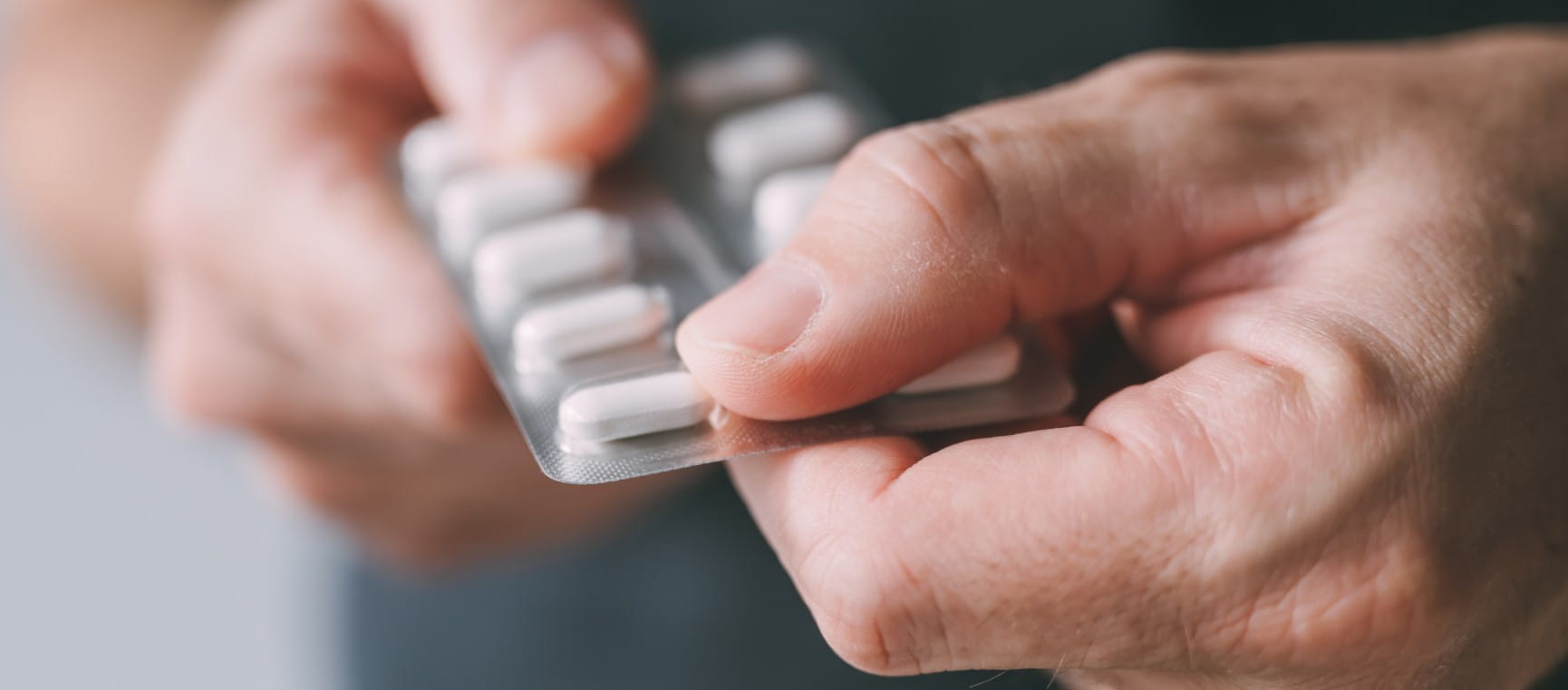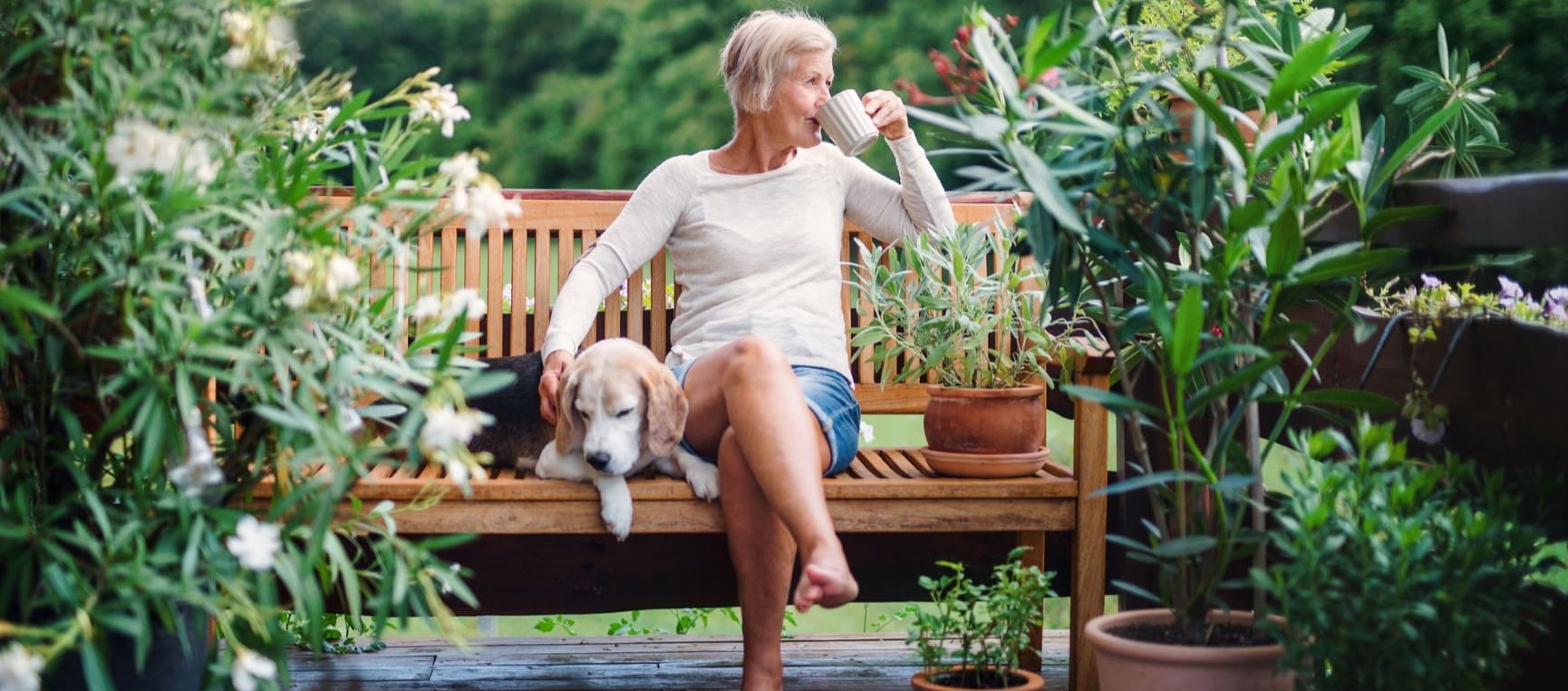
We tend to think of sleep as something that either happens or doesn’t—mysterious, frustrating, perhaps even elusive. If you’ve ever lain awake at night, staring at the ceiling, wondering why your body won’t just get on with it, you’re not alone.
But what if the key to better sleep isn’t found at night, but in how you live your waking hours? Instead of focusing on sleep as the goal, try flipping the script: be awake in a way that sets the stage for deep, restorative sleep.
Your ability to sleep is shaped by a biopsychosocial mix of factors – your body’s rhythms and needs (biological), your thoughts and emotions (psychological), and your daily interactions and habits (social). Sleep isn’t just a nighttime event; it’s the natural result of how you move, think, connect, and wind down during the day.
Many people – especially as they age – struggle with lighter sleep, early waking, or exhaustion despite spending enough hours in bed. But instead of trying to force sleep, focus on being fully awake in a way that supports it. By making small, thoughtful adjustments during the day, you create the best conditions for sleep to happen naturally.
I'm a sleep specialist and my new book How to be awake (so you can sleep through the night) is a practical guide to how to transform your sleep during your waking hours.
Here I share five tips that can really make a difference to help you get a good night's sleep.
We tend to take daylight for granted, yet it plays a vital role in regulating our circadian rhythm – the internal clock that governs when we feel awake and sleepy. This rhythm can become less robust as we age, making us more prone to waking too early or experiencing fragmented sleep.
But exposure to morning light helps keep your body clock on track. Have you ever noticed you sleep better after a day spent outdoors? That’s because daylight directly influences melatonin production, helping you feel naturally sleepy at the right time.
Lack of exposure to daylight is common among those who feel isolated or disengaged from daily routines. Spending time outdoors with others – walking with a friend or tending a garden together – can improve sleep and emotional well-being.
Many people struggle to get enough light for reasons beyond their control. A light therapy box – sometimes called a SAD (Seasonal Affective Disorder) lamp – can help compensate for any lack of natural sunlight.
These devices emit at least 10,000 lux, mimicking the brightness of natural daylight and helping to regulate melatonin production, improve mood, and enhance alertness during the day.
How to use a light therapy box effectively:
It’s a simple shift, yet it’s one of the most powerful ways to reinforce your sleep-wake cycle.

If you’ve ever had a day where you were physically active – gardening, walking, dancing, or even just doing housework – you might have noticed you slept better that night.
But movement isn’t just about structured exercise. A lesser-known concept called Non-Exercise Activity Thermogenesis (NEAT) refers to all the small, unconscious movements we make throughout the day that aren’t formal exercises.
It includes fidgeting, stretching, standing up, or walking around on the phone. Research suggests that NEAT plays a crucial role in regulating our body’s energy balance and circadian rhythms.
Movement also becomes even more essential as we age. Staying active supports the production of synovial fluid, which lubricates the joints and helps maintain flexibility. If we become too sedentary, our joints can stiffen, increasing the likelihood of pain waking us up at night.
Keeping the joints moving during the day can reduce discomfort and help prevent nighttime disturbances caused by stiffness or discomfort.
But the timing matters. A high-intensity workout too close to bedtime can leave you overstimulated, making it harder to wind down.
You don’t need intense workouts to improve your sleep – moving more throughout the day can make a difference. Not only does it help align your body’s sleep-wake cycle but it also ensures your joints stay mobile and pain-free, reducing the likelihood of discomfort disrupting your sleep.
Physical movement is also a powerful way to process emotions. If stress, frustration, or unresolved feelings contribute to poor sleep, consider gentle evening activity, like walking or yoga, to release tension before bed.
Many people struggle with waking up early, unable to drift back off. While caffeine and alcohol are well-known culprits, less apparent factors – like emotional stress, late-night doomscrolling, or unresolved relational tensions – can also interfere with deep sleep.
Caffeine has a half-life of 5–7 hours, which means that even an afternoon cup can still be in your system at bedtime. As we age, we metabolise caffeine more slowly, making it even more disruptive.
Then there’s alcohol. A glass of wine in the evening can feel like a shortcut to sleep, but it’s a trick. While alcohol can make you drowsy, it disrupts deep sleep and increases wakefulness later in the night. It can also make sleep apnea, common in those over 50 (a woefully underdiagnosed condition), worse.
It’s not about banning these things; it’s about noticing how they affect you and adjusting accordingly.
Loud snoring, gasping, or choking sounds during sleep can be signs of obstructive sleep apnea (OSA), where breathing repeatedly stops and starts.
Left untreated, sleep apnea can lead to daytime fatigue, high blood pressure, heart disease, and other health issues.
If you suspect sleep apnea, don’t ignore it – getting assessed can significantly improve your sleep and overall health.
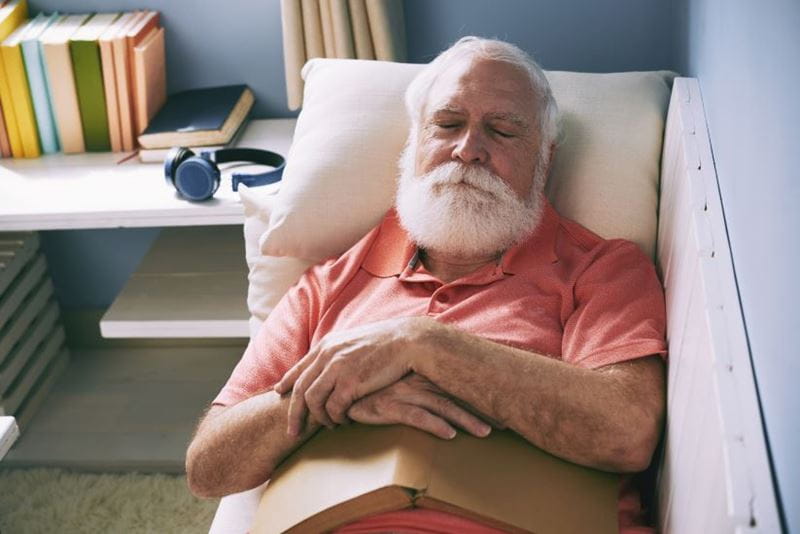
Naps can be a game-changer if you do not sleep enough at night. They can boost energy, improve mood, and enhance cognitive function when used effectively.
However, naps can also backfire – especially if they’re too long or taken too late in the day – by reducing sleep pressure (the natural buildup of tiredness that helps you fall asleep at night).
But not all naps are created equal. The key is understanding the type of nap you’re taking and its effects on your body.
Consider skipping naps if you have trouble sleeping at night because napping reduces sleep pressure, making it harder to fall asleep at bedtime.
Have you ever woken up from a nap feeling worse than before? That’s because of sleep inertia – the groggy, disoriented feeling that happens when you wake up in the middle of deep sleep.
If you nap too long but don’t complete a full sleep cycle, you’re more likely to wake up in this state, making you feel sluggish rather than refreshed.
If you spend your days worrying about sleep, you’re not alone. Many people lie awake at night thinking, 'What if I can’t fall back asleep? I’ll be exhausted tomorrow', only to find that these anxious thoughts make sleep even more elusive.
The truth is, waking up at night isn’t necessarily a problem.
Historically, humans often slept in two phases, naturally waking for a period before drifting back off. The issue isn’t wakefulness itself – the stress response comes from fearing it.
When we dread waking at night, we train our brains to see it as a threat, triggering stress hormones like cortisol making it even harder to relax.
Instead of spending the day bracing for another stormy night, try shifting how you relate to sleep before bedtime even arrives.
The less pressure you put on sleep during the day, the more likely it is to happen naturally at night. Instead of making sleep the enemy, treat it as a process your body already knows how to do – without your constant supervision.
But if problems persist, seek help from your GP.
Good sleep isn’t about doing more. It’s about creating the right conditions so your body can do what it’s designed to do.
How To Be Awake (So you can sleep through the night), by Heather Darwall Smith - RRP £16.99, Thorsons.
Heather Darwall Smith is one of the UK's top sleep experts. She is an experienced and accredited UKCP psychotherapist and sleep specialist with a private practice based in London.
Her first book, The Science of Sleep was published in 2021 and her second, How To Be Awake (So you can sleep through the night) was published in February 2025, by Thorsons.

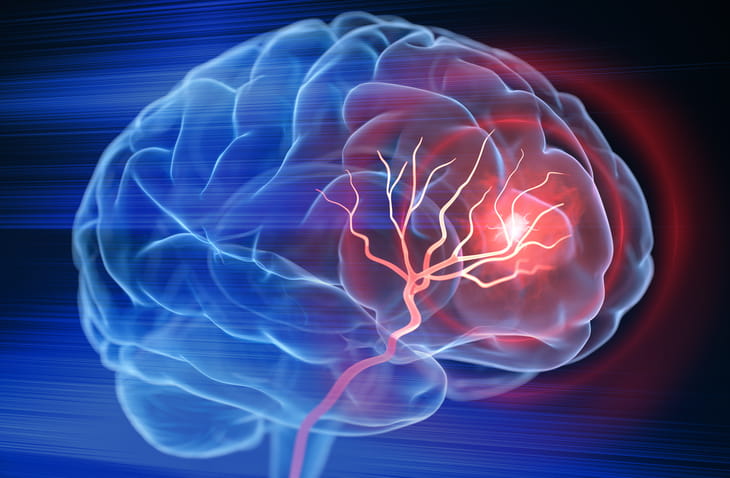
Facial weakness, a sudden headache and dizziness can all be signs of a stroke, we've got the facts from an expert.
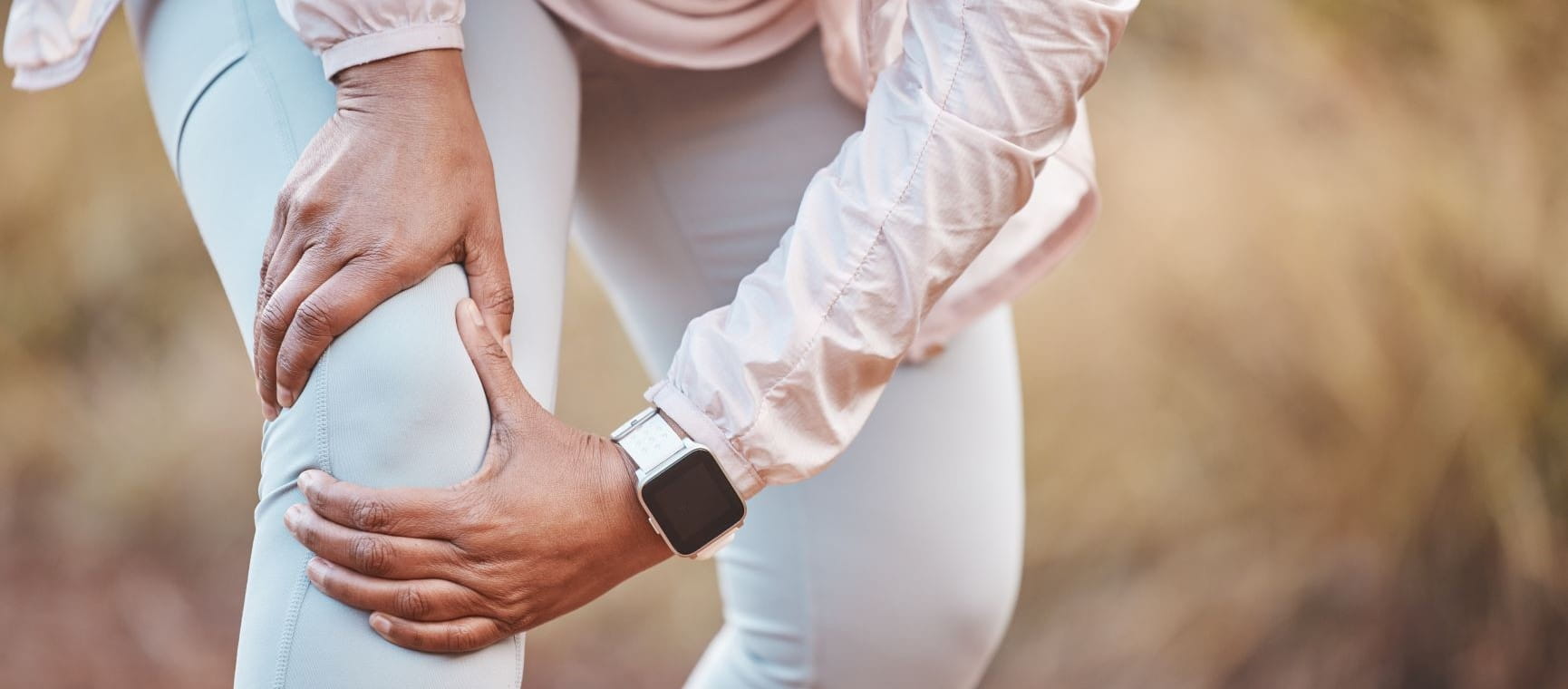
Knee pain is more common as we age: to help we've got the best advice from 3 leading experts with easy ways to make a difference.
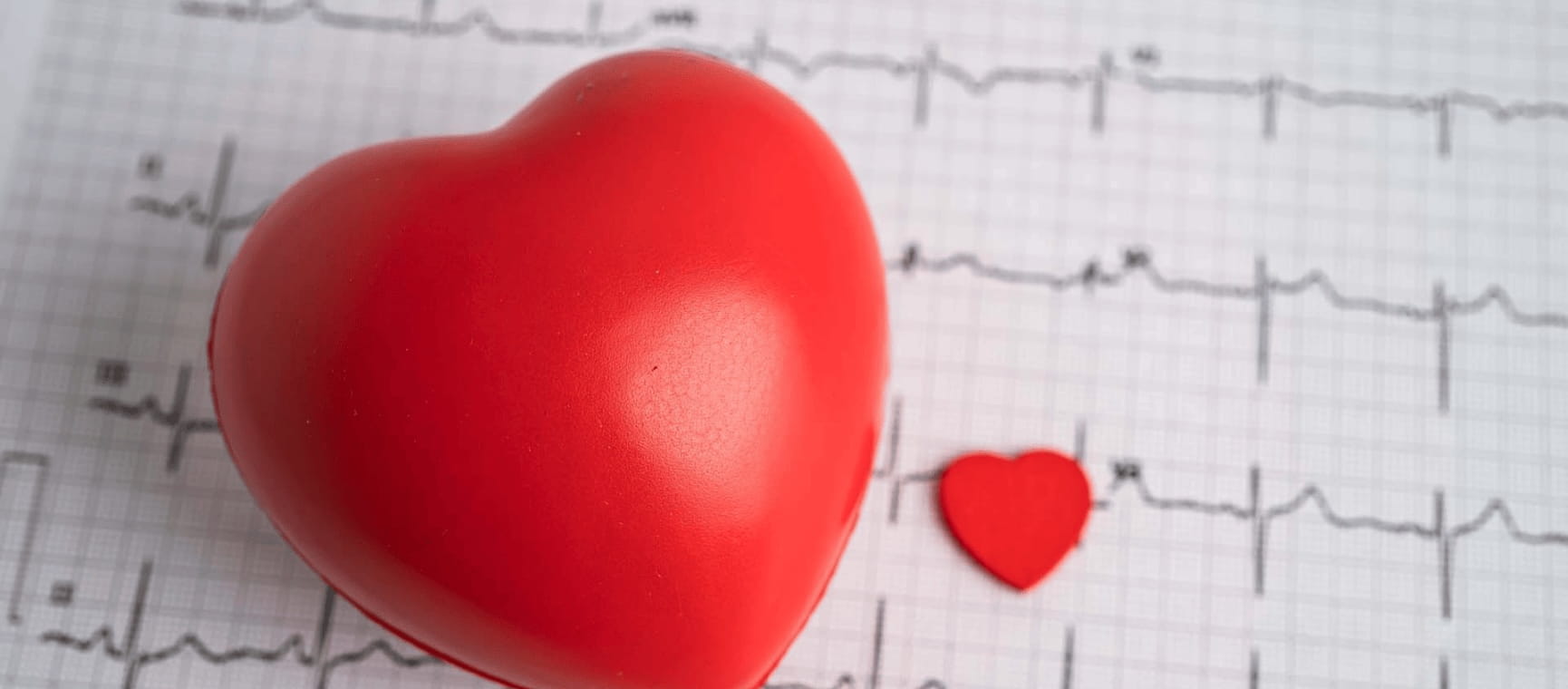
Do you know the symptoms of a heart attack? Here’s what to look out for, and how to prevent one.
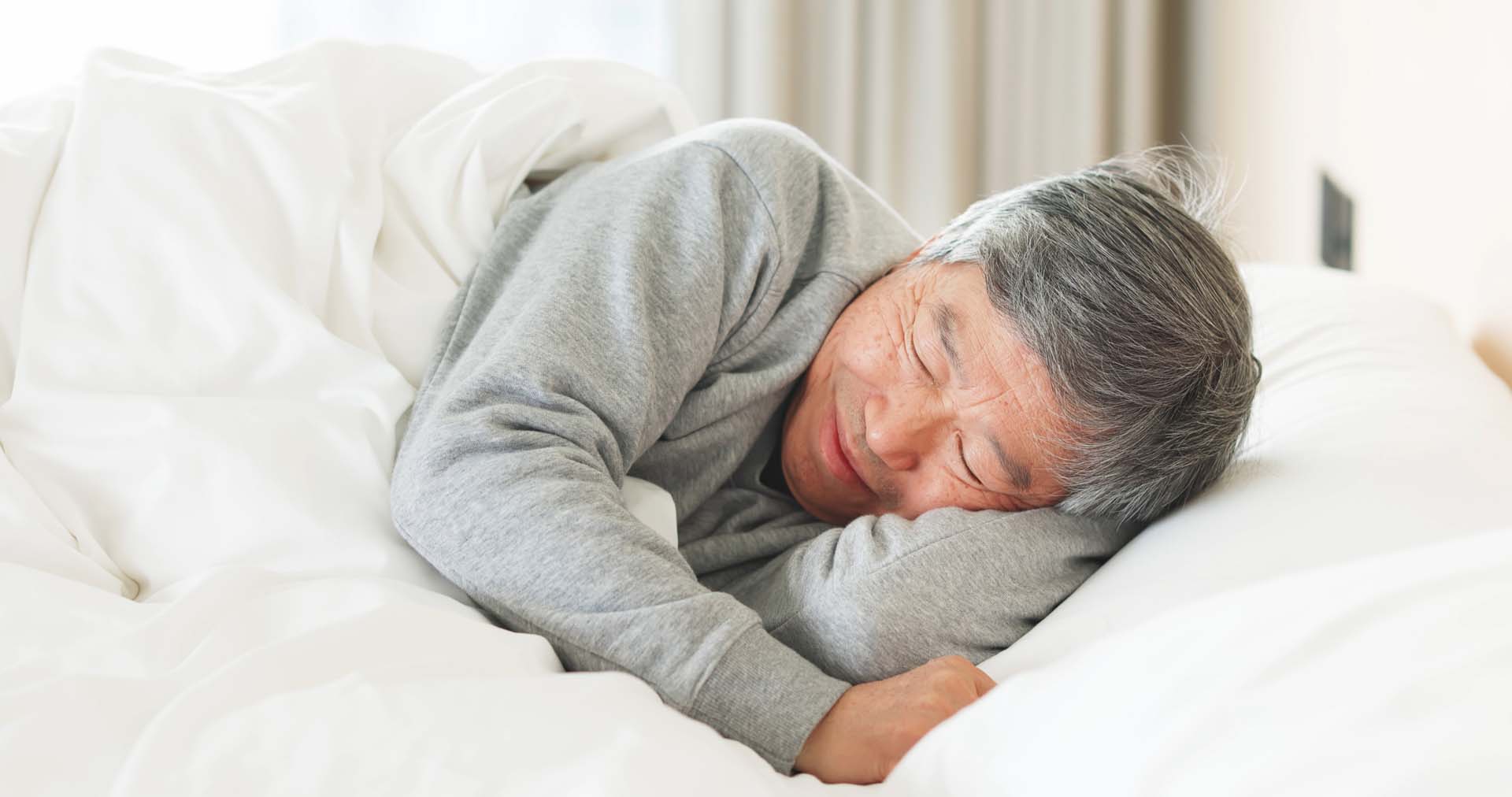
Front, back or side? Which sleeping position is best for you as you get older, and which ones you should avoid

